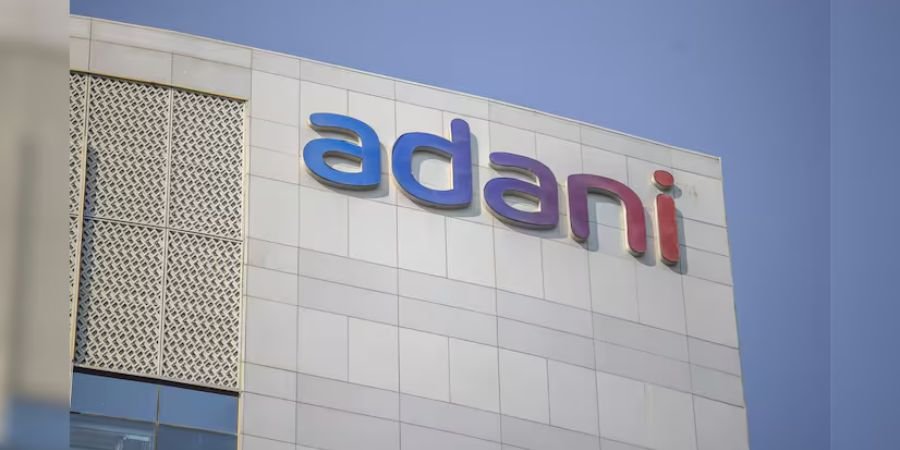Three companies within the Adani Group—Adani Enterprises Ltd, Adani Ports and Special Economic Zone Ltd, and Ambuja Cements Ltd—have aligned under the umbrella of the ‘Adani Mundra Cluster’ to participate in the World Economic Forum’s ‘Transitioning Industrial Clusters’ initiative, the group announced. This strategic alliance positions the Adani Mundra Cluster to evolve into one of the world’s foremost integrated green hydrogen production hubs. By 2030, the cluster aims to achieve an annual green hydrogen output of 1 million metric tonnes, scaling up to 3 million metric tonnes by 2040.
The initiative spearheaded by the World Economic Forum seeks to unlock the economic, job creation, and energy potential of industrial clusters globally. By integrating financing, policy support, cutting-edge technology, and strategic partnerships—and drawing from the successes of committed industrial clusters—it aims to enhance cooperation and foster a unified vision for sustainable energy transitions, job creation, and economic growth.
“Joining this initiative enables us to collaborate with a global network of industry leaders, think tanks, and policy experts, propelling forward-thinking solutions for decarbonization,” explained Karan Adani, Managing Director of APSEZ and Director of Ambuja Cements.
Mr. Adani further shared his vision for the Adani Mundra Cluster, highlighting its potential role as a pivotal green hydrogen manufacturing hub aimed at reducing the energy import dependency of India and tackling emissions in sectors traditionally difficult to decarbonize.
The cluster’s strategic development has been significantly supported by the World Economic Forum, which has facilitated key collaborations and strategy enhancements through high-level meetings and local workshops.
“We are excited to include the Adani Mundra Cluster within our global network of 23 industrial clusters, marking it as one of the inaugural clusters from India in this initiative,” remarked Roberto Bocca, who heads the Centre for Energy and Materials at the World Economic Forum.
Mr Bocca said that the cluster strategically utilized Gujarat’s huge renewable energy resources to position itself as a regional leader in green hydrogen production in South Asia. The Adani Mundra Cluster is part of the community and shares insights in efforts toward further advancements in the global energy transition narrative.
The Adani Group already had fully integrated value chains to support the vision with 10 GW of solar modules, 5 GW each of wind turbines, and electrolyser manufacturing capacities along with the necessary port infrastructure.
The cluster will also establish manufacturing facilities for green hydrogen derivatives such as ammonia, positioning the group firmly at the front of the green energy transition.
To achieve an emission-reduction target in cement production – a notoriously carbon-intensive industry – the Mundra Port is setting up facilities to facilitate the production of solar modules and wind turbines.
The company, APSEZ, will make all its port operations run on renewable sources of energy by 2025, achieving a net zero by 2040. In equal measure, Ambuja’s new unit at Mundra is set up to be the least emission intensity cement production facility in the world, as it progresses toward achieving net zero emissions by 2050.
More News : Hargreaves Lansdown Agrees to £5.4 Billion Acquisition by Investor Consortium






